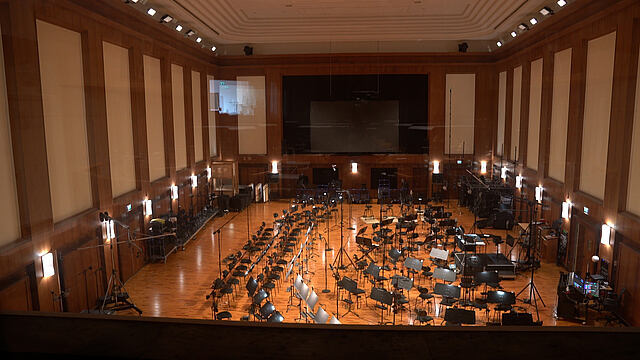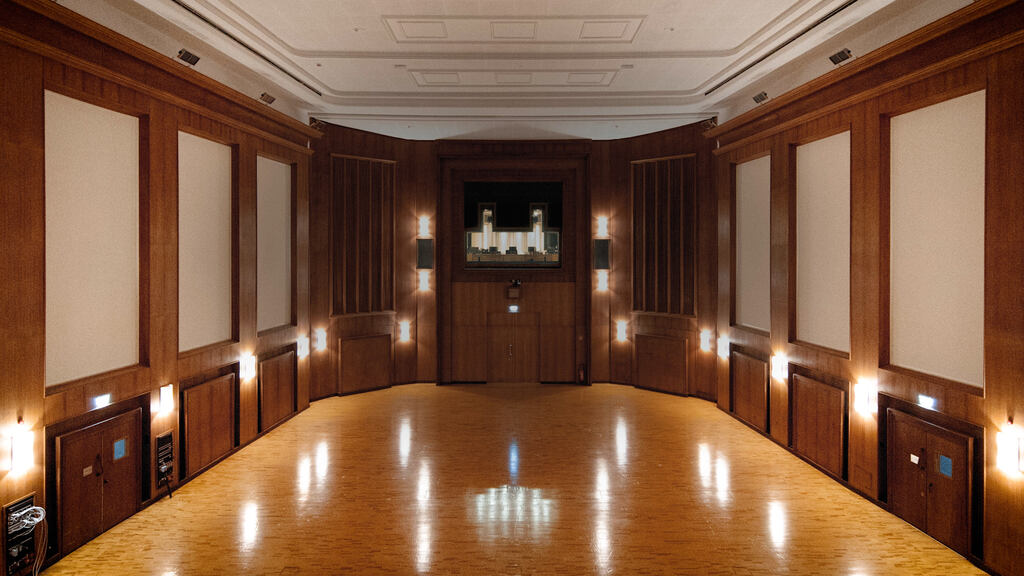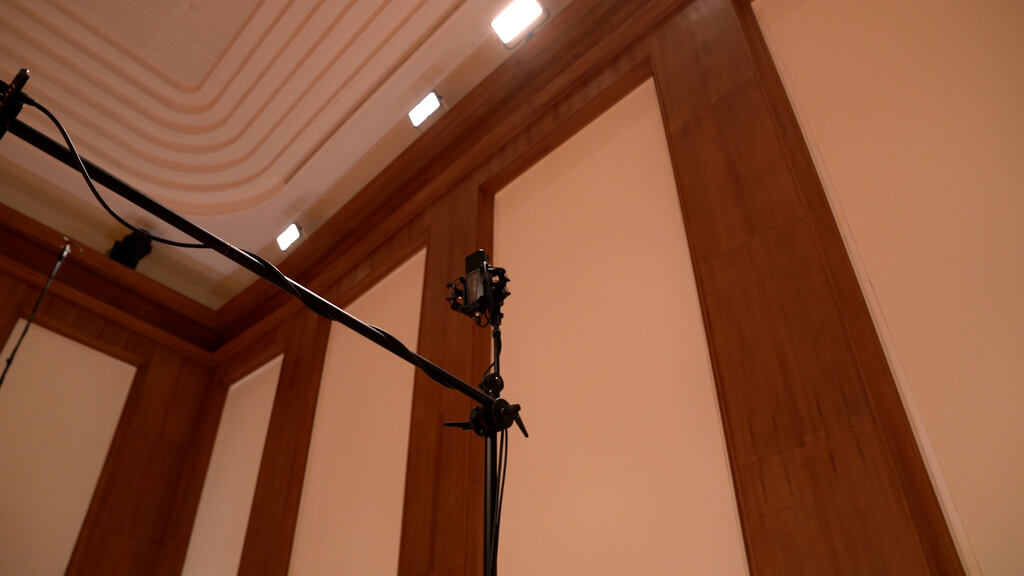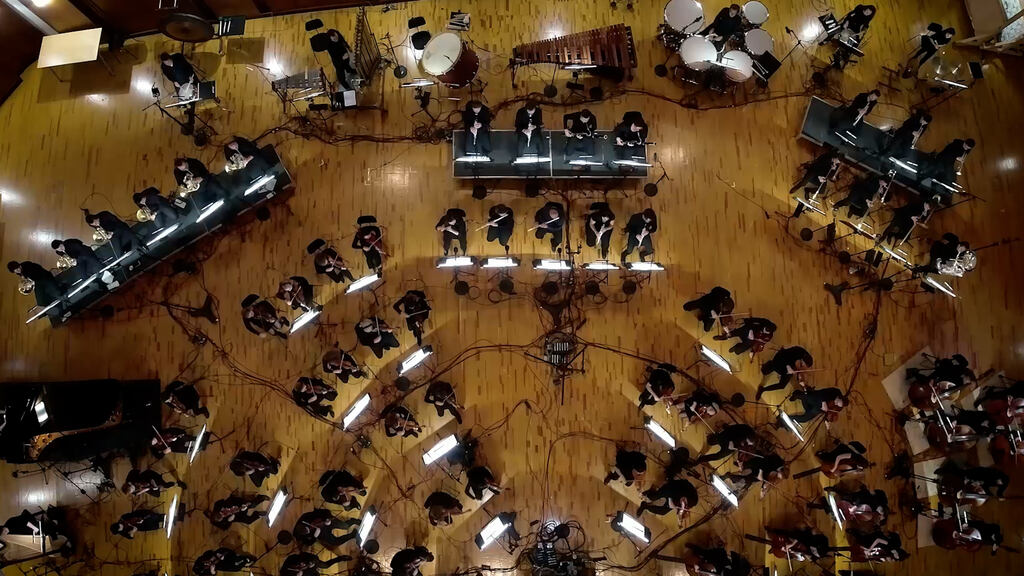
Blog
True love for great sound unites us.
Blog
True love for great sound unites us.

We had the honor of visiting one of the most acoustically revered and spacious recording rooms in the world: Synchron Stage Vienna.
This extraordinary facility has hosted the recording of countless movie and TV show scores right here in Vienna rather than in Hollywood.
Today, we'll explore what makes this place so unique and why top productions are drawn to it.
And for all of you in the mood of watching a video rather than having a nice read, click the video below.
Standing in this historic room, it's hard to believe you're not in Hollywood. Synchron Stage Vienna has become a go-to location for many top composers and producers, with some even flying their entire productions to Vienna.
The allure of the Synchron Stage lies in its exceptional acoustics and state-of-the-art audio infrastructure.
"I love working at the Synchron Stage because it really is an extraordinary place," says Hans Zimmer, composer of countless movie scores from Rain Man to The Lion King, from The Batman Trilogy to the Dune Movies.
Built during the 1940s, Synchron Stage Vienna was designed specifically for recording film scores. The room’s architecture contributes significantly to its balanced acoustics.

The walls and ceiling are intentionally non-parallel to avoid standing waves, ensuring a clear and diffused sound throughout the space.
With a room size of 480 square meters and ceiling heights ranging from 10.5 to 12 meters, the space is optimized for orchestral recordings.

Recording a movie score at Synchron Stage Vienna is a complex yet fascinating process. Here's a glimpse into how it unfolds:

One key element in achieving high-quality sound is the choice of microphones.
Among the high-end microphones used at Synchron Stage are the LCT 540 S and LCT 1040 from LEWITT. These microphones are renowned for their ultra-low self-noise and high fidelity. The LCT 540 S, for instance, boasts a self-noise level of just 4 dB(A), making it one of the quietest microphones on the market. This low noise floor is essential for capturing the subtle nuances of orchestral music without any unwanted hum or hiss.
The LCT 1040 microphone system offers versatile sound options with multiple polar patterns and the ability to blend between the four selectable tube characteristics and the FET circuit. This flexibility allows engineers to tailor the microphone's response to different instruments and recording scenarios, ensuring optimal sound quality.
"For us, it's very important that the equipment is not noisy, so microphones are not humming," explains Synchron Stage's technical director, Bernd Mazagg.
The reliability of the microphones ensures that every session starts without technical hitches, allowing engineers to focus entirely on capturing the best possible sound. This reliability is crucial in a high-stakes environment where the orchestra often has limited time to perform and record.

LEWITT microphones at Synchron Stage Vienna
A standout feature of Synchron Stage Vienna is its in-house orchestra. The stage can call upon a network of musicians, ensuring flexibility and the ability to assemble a large orchestra on short notice.

This "one-stop shop" approach means clients can rely on Synchron Stage for everything from conductors to Pro Tools engineers and even specialized instruments.
For many at Synchron Stage, the favorite moment of the day is the first cue. This moment captures the magic of turning a composed score into a beautifully recorded piece.
"Right after the first cue, you're sitting there and say, 'Oh, sounding great. It will be an easy, good day for everyone," shares Bernd Mazagg.

Synchron Stage Vienna is more than just a recording studio; it’s a place where musical magic happens.
From its rich history and exceptional acoustics to its top-tier equipment and talented in-house orchestra, Synchron Stage offers an unparalleled recording experience.
Whether it's a major Hollywood production or an independent project, this Viennese gem continues to set the stage for some of the world's most memorable film scores.